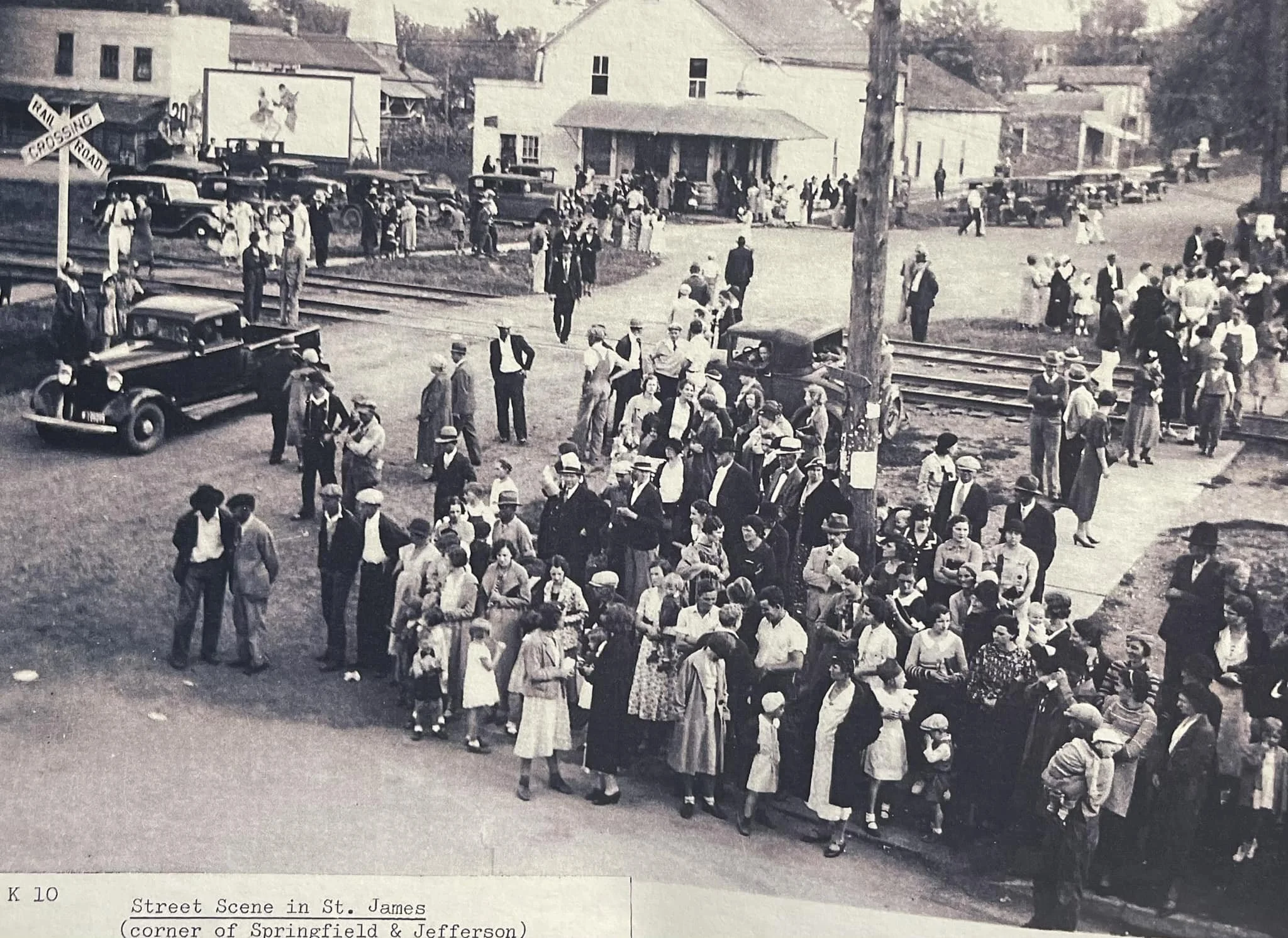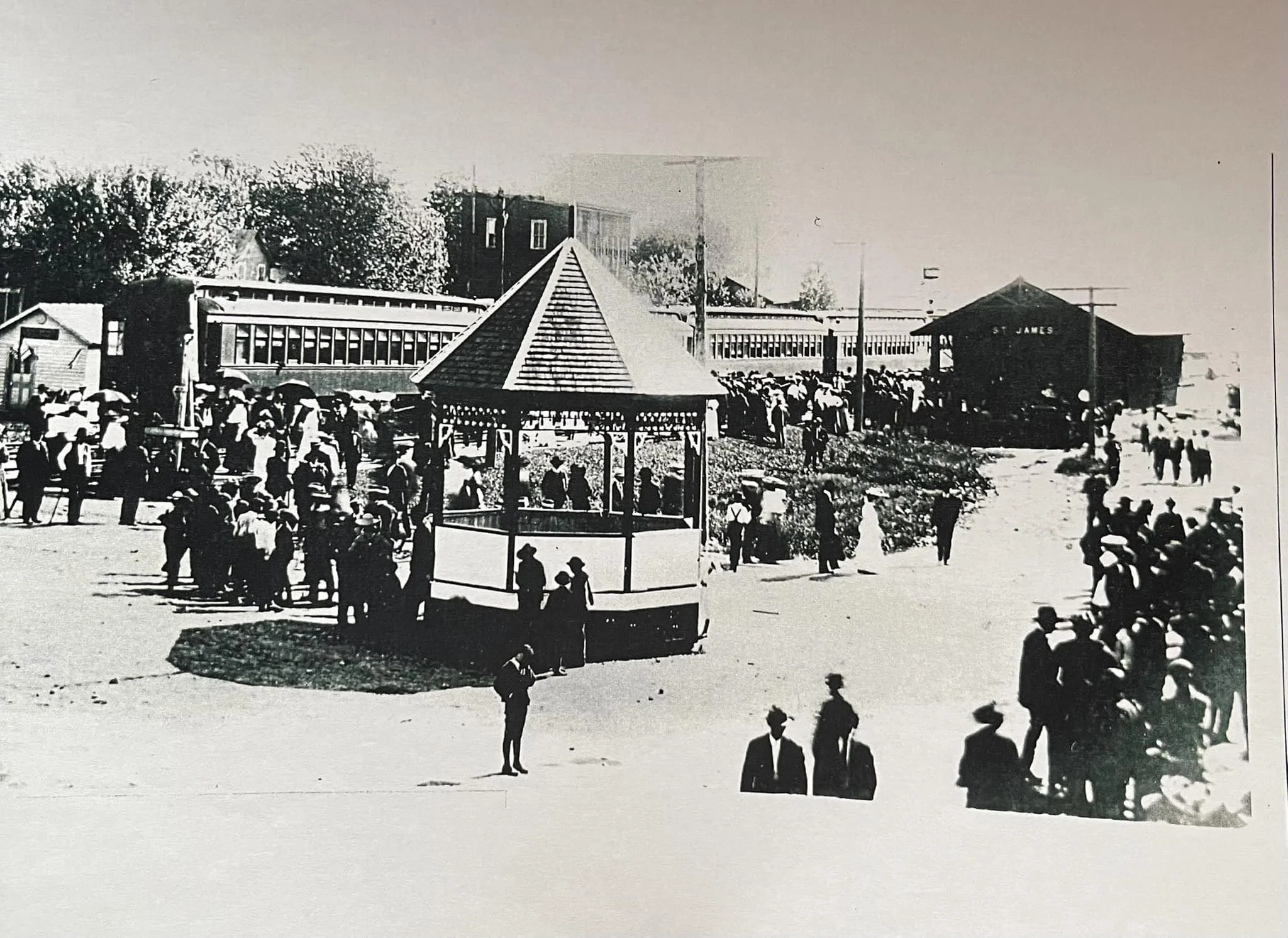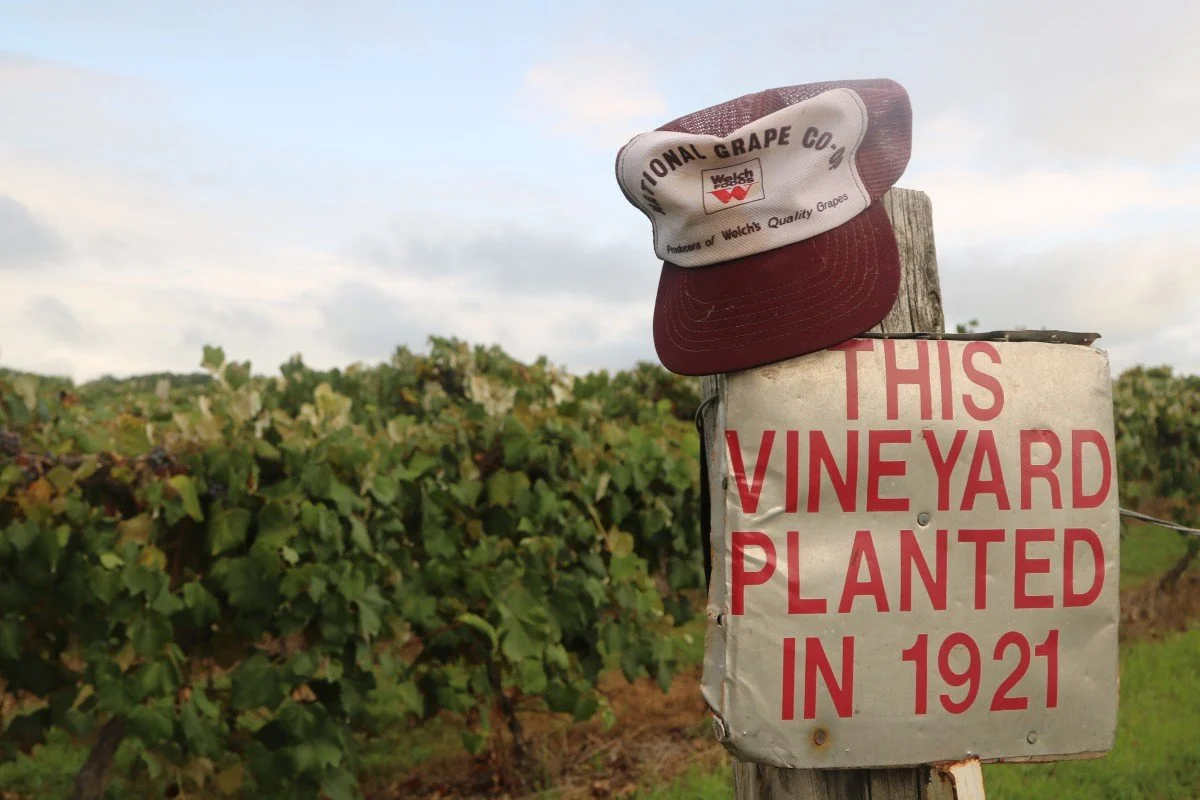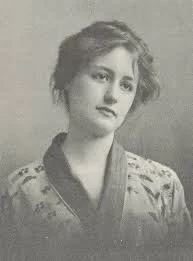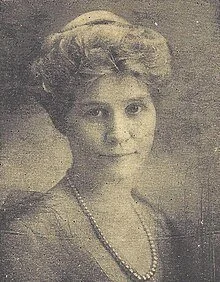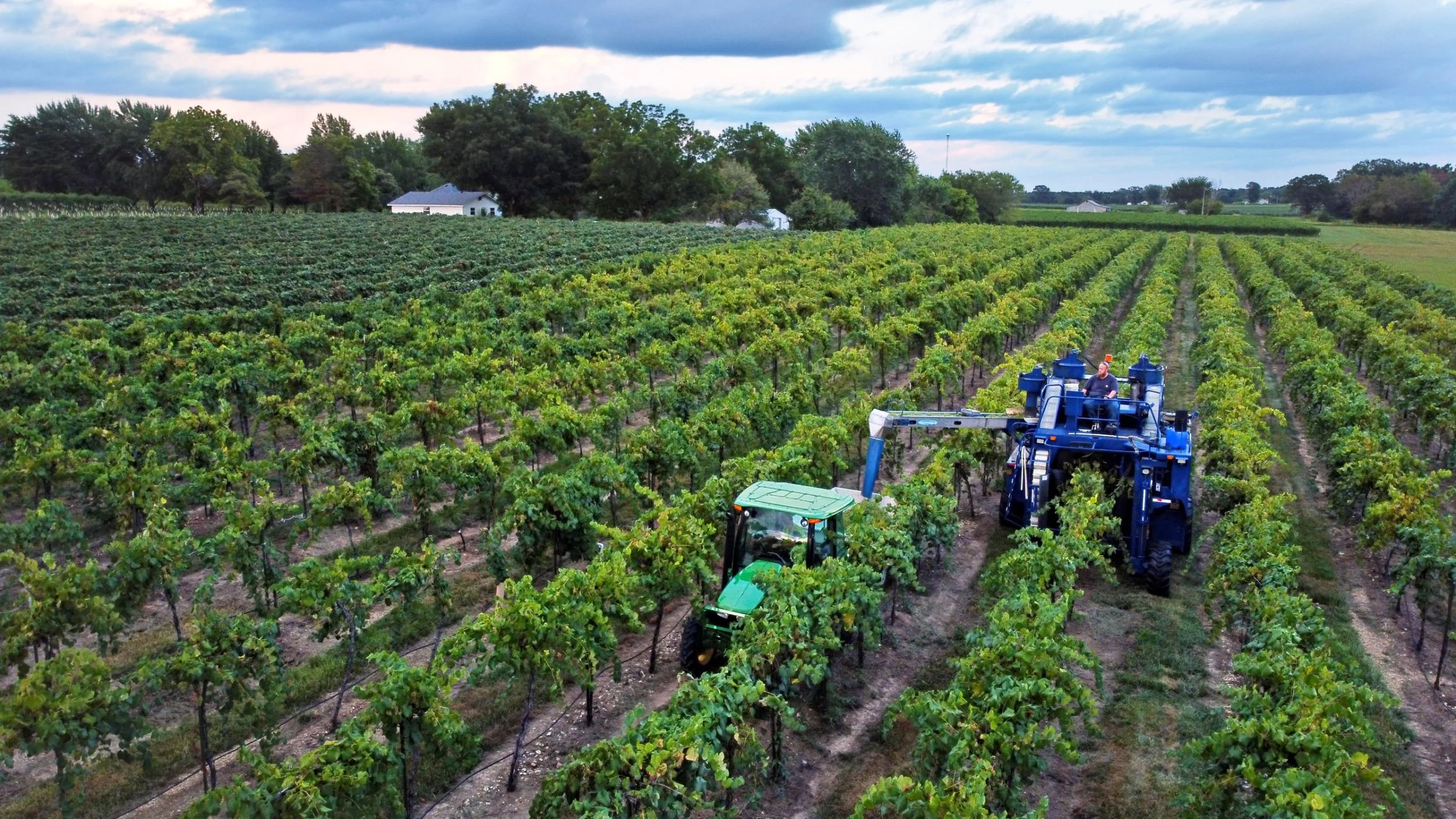Nestled in the heart of the Ozarks, St. James, Missouri, has a rich history rooted in railroad expansion, viticulture, and a strong sense of community.
The town was originally established in the 1850s and was first known as Big Prairie. With the construction of the St. Louis–San Francisco Railway (Frisco) through the area in 1860, the town began to take shape and thrive.
It was soon renamed St. James in honor of Thomas James, a prominent early supporter of the region’s development and founder of the nearby Maramec Iron Works—one of the earliest ironworks west of the Mississippi.
